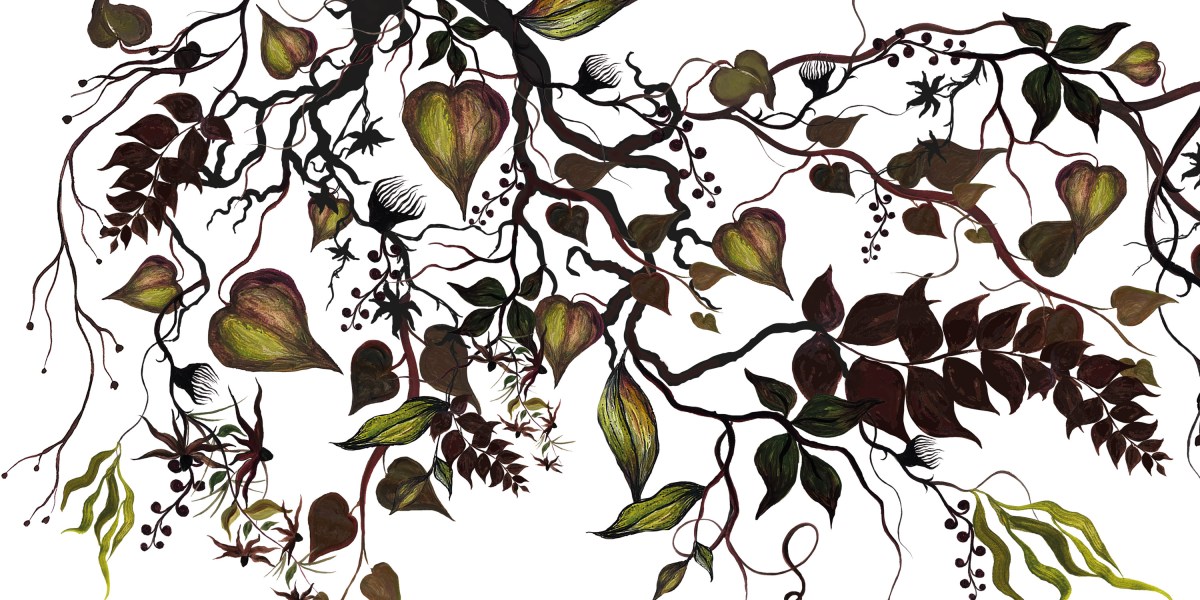As we drive east from the campus in Champaign-Urbana, the twin cities where I grew up, we spot a soybean field overgrown with dark-green, spiky plants that rise to chest height.
“So here’s the problem,” Hager says. “That’s all water hemp right there. My guess is it’s been sprayed at least once, if not more than once.”
“With these herbicide-resistant weeds, it’s only going to get worse. It’s going to blow up.”
Water hemp (Amaranthus tuberculatus), which can infest just about any kind of crop field, grows an inch or more a day, and females of the species can easily produce hundreds of thousands of seeds. Native to the Midwest, it has burst forth in much greater abundance over the last few years, because it has become resistant to seven different classes of herbicides. Season-long competition from water hemp can reduce soybean yields by 44% and corn yields by 15%, according to Purdue University Extension.
Most farmers are still making do. Two different groups of herbicides still usually work against water hemp. But cases of resistance to both are cropping up more and more.
“We’re starting to see failures,” says Kevin Bradley, a plant scientist at the University of Missouri who studies weed management. “We could be in a dangerous situation, for sure.”
Elsewhere, the situation is even more grim.
“We really need a fundamental change in weed control, and we need it quick, ’cause the weeds have caught up to us,” says Larry Steckel, a professor of plant sciences at the University of Tennessee. “It’s come to a pretty critical point.”
On the rise
According to Ian Heap, a weed scientist who runs the International Herbicide-Resistant Weed Database, there have been well over 500 unique cases of the phenomenon in 273 weed species and counting. Weeds have evolved resistance to 168 different herbicides and 21 of the 31 known “modes of action,” which means the specific biochemical target or pathway a chemical is designed to disrupt. Some modes of action are shared by many herbicides.
One of the most wicked weeds in the South, one that plagues Steckel and his colleagues, is a rhubarb-red-stemmed cousin to water hemp known as Palmer amaranth (Amaranthus palmeri). Populations of the weeds have been found that are impervious to nine different classes of herbicides. The plant can grow more than two inches a day to reach eight feet in height and dominate entire fields. Originally from the desert Southwest, it boasts a sturdy root system and can withstand droughts. If rainy weather or your daughter’s wedding prevents you from spraying it for a couple of days, you’ve probably missed your chance to control it chemically.




